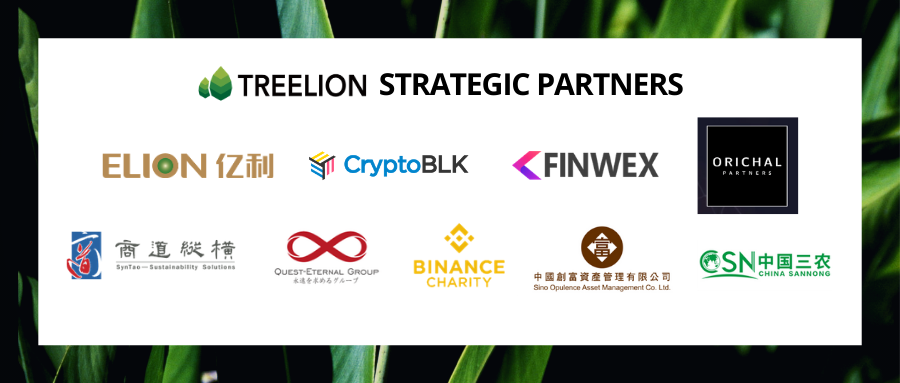
The safety and new planning of public transportation have been issues of concern to all sectors of society since the epidemic. At the end of 2020, the European Union issued the “The Sustainable and Smart Mobility Strategy” to lay the foundation for the green and digital transformation of the European Union’s transportation system, and to respond to future crises more flexibly. Recently, the European Union has set aside 85 billion yuan for this project.
Sustainable transportation planning
At present, greenhouse gas emissions from the transportation industry account for about a quarter of the EU’s total emissions, and they are increasing. The EU strives to reduce carbon emissions by 90% in the transportation industry by 2050. “The Sustainable and Smart Mobility Strategy” contains 82 action initiatives, covering transportation carbon emissions, cross-border railway planning, freight electrification, water pollution reduction, etc., all of which promote the achievement of related environmental protection goals.

By 2030, at least 30 million zero-emission vehicles and 80,000 zero-emission trucks will be driven on European roads, and zero-emission ships will enter the market; By 2035, zero-emission large aircrafts will enter the market. By 2050, almost all cars, trucks, buses and new heavy-duty vehicles will achieve zero emissions. 95% of passenger transport services and nearly 90% of freight trains should be electrified. The emission reduction target is set to effectively promote the construction of green and intelligent transportation in order to promote green growth of the European economy.
The meaning of sustainable transportation
Sustainable transportation’s influence is not only reflected in the field of environmental protection, but also radiates to broader social life. First of all, if a city uses a high percentage of green transportation such as bicycles, then the streets of the city will be more friendly to children, the elderly, and people with limited mobility. The city of Heidelberg has a high rate of bicycle usage; it has set up road exploration regulations for children. Children can run freely in the streets and avoid personal risks under the protection of green transportation.


Secondly, the improvement of transportation living can reduce people’s commuting time and economic costs. This can benefit in urban cites, and it is also very helpful to social fairness and efficient operation. People can spend less time to go home and spend more time with families, and cities are therefore more livable.

The path to sustainable transportation
The zero-emission goal in the “The Sustainable and Smart Mobility Strategy” will need the support of technology to make it possible. Digitization and automation in the transportation field can greatly improve efficiency, safety and sustainability. This process relies on the latest technology applications in the fields of big data, AI, information and communication technologies.
In the logistics and freight industry, the European Union will focus on establishing an interconnected and shared online electronic ticketing system, and cargo transportation will also be paperless; while the vehicle industry will adopt higher requirements for fuel such as vigorously promote clean vehicles and alternative fuels, polluters pay for the implementation of carbon pricing, taxation, road tolls, and termination of subsidies to reduce fossil fuel consumption, and guide consumers to switch to more sustainable transportation methods such as railways. In the near future, digitalization and carbon transaction will open up new paths for sustainable transportation.




